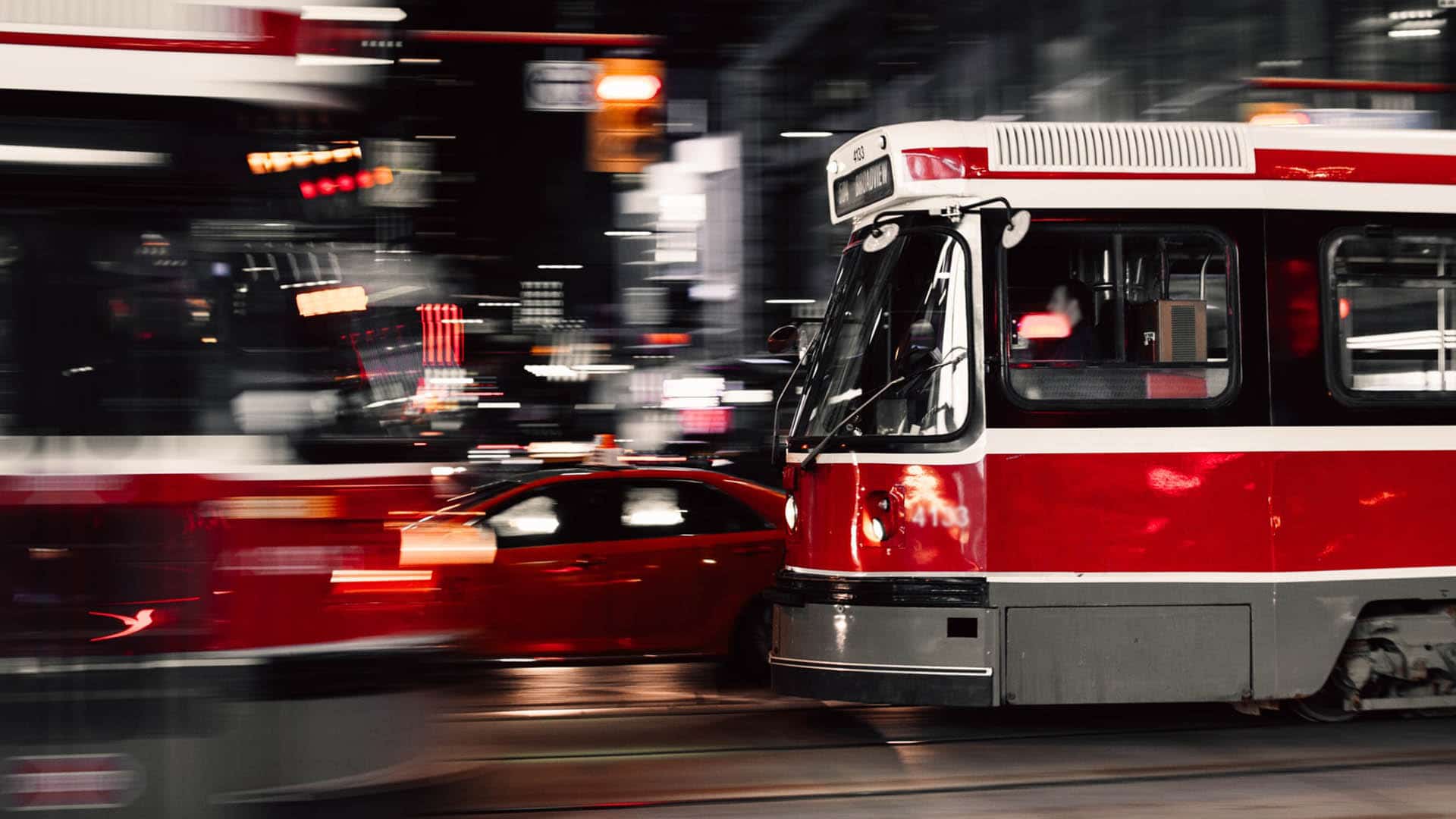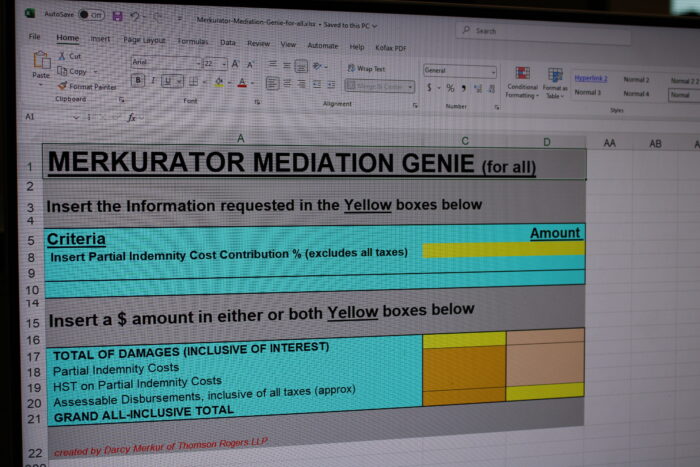Injured By A Public Transit Vehicle? Special Rules Apply
Author(s): Deanna S. Gilbert
February 14, 2020

With part of Toronto’s Line 1 subway shut down for seven hours on February 13, 2020 and nearly 100 shuttle buses running as back-up for commuters, this is a good time to remind the public of the special rules that apply to victims who have been injured in an accident involving a public transit vehicle in Ontario, such as a TTC bus.
Typically, when a person has been injured in a motor vehicle accident, the victim may collect what are called “statutory accident benefits”, also known as “no-fault benefits” as it matters not whether the involved vehicle driver(s) was or were negligent. Accident benefits may provide funding for expenses or losses relating to, for instance, income, medical needs, rehabilitative needs, and attendant care needs.
Further, if there was negligence (fault/liability) on the part of one or more involved drivers, the injured victim may also sue the vehicle driver(s) and owner(s) in what is called a “tort case”. A tort case may include, for instance, claims for pain and suffering and additional past/future healthcare expenses and income loss not paid by the accident benefits.
Special Accident Benefits & Tort Rules In Public Transit Accidents
There are special accident benefits and tort rules that apply specifically to accidents involving public transit vehicles. While the special accident benefits rules are not beneficial to injured victims, the special tort rules are.
Notably, the special rules to be described below apply only in circumstances where the “accident” involving the public transit vehicle is one in which the public transit vehicle did not collide with another vehicle (public or private) or any other object at the scene or the incident. Some common examples of when these special rules would apply include accidents where a pedestrian is struck by a public transit vehicle or where an occupant or the public transit vehicle sustains injury resulting from a sudden movement (e.g. the bus slamming on the brakes). In other words, these special rules do not apply in circumstances where a public transit vehicle collided with another vehicle or, for instance, a pole.
With respect to the rules applicable to accident benefits claims in these special circumstances, unfortunately, pursuant to section 268(1.1) of the Insurance Act, the injured victim is prevented whatsoever from making any claim for accident benefits (whereas had the accident involved a private vehicle an accident benefits claim could have been advanced).
Conversely, while “shutting the door” on accident benefits claims, section 267.5(6.1) of the Insurance Act makes it easier in these same circumstances for injured victims to advance tort cases against the owner and driver of the public transit vehicle.
Typically, in tort motor vehicle cases, the owner and driver of the at-fault vehicle get certain “protections” that may reduce the value of the injured person’s claim against them. By way of example, there are two such protections that apply in regards to the injured person’s pain and suffering claim.
One protection is that in order to advance any pain and suffering claim at all, the injured person’s injuries must meet the legal threshold of being a “permanent serious impairment of an important physical, mental, and/or psychological function” and/or a “permanent serious disfigurement”.
Another protection is that even if this injury threshold is met, if the claim is not of sufficient value, a statutory deductible may apply (i.e. the owner/driver may not need to pay the full value of the claim). These are but two examples of the projections available.
In the special circumstances described above involving accidents with public transit vehicles, however, these protections do not apply.
In summary, before worrying about what type of accident benefits or tort claims you could advance if injured as a result of an accident involving a public transit vehicle, please worry most about your safety. Remember to keep a proper lookout when crossing the road and hold tight to the railings provided within TTC buses. If you find yourself in the unfortunate position of having been seriously injured as a consequence of a public transit vehicle and are unsure of your rights, you may wish to consult with a personal injury lawyer.
Deanna Gilbert is a personal injury lawyer and a partner at Thomson Rogers. Her practice is devoted to representing Plaintiffs in personal injury litigation including cases arising from motor vehicle accidents, medical malpractice, slip and falls, product liability and assaults. Deanna can be reached at 416-868-3205 or by EMAIL.
Share this






